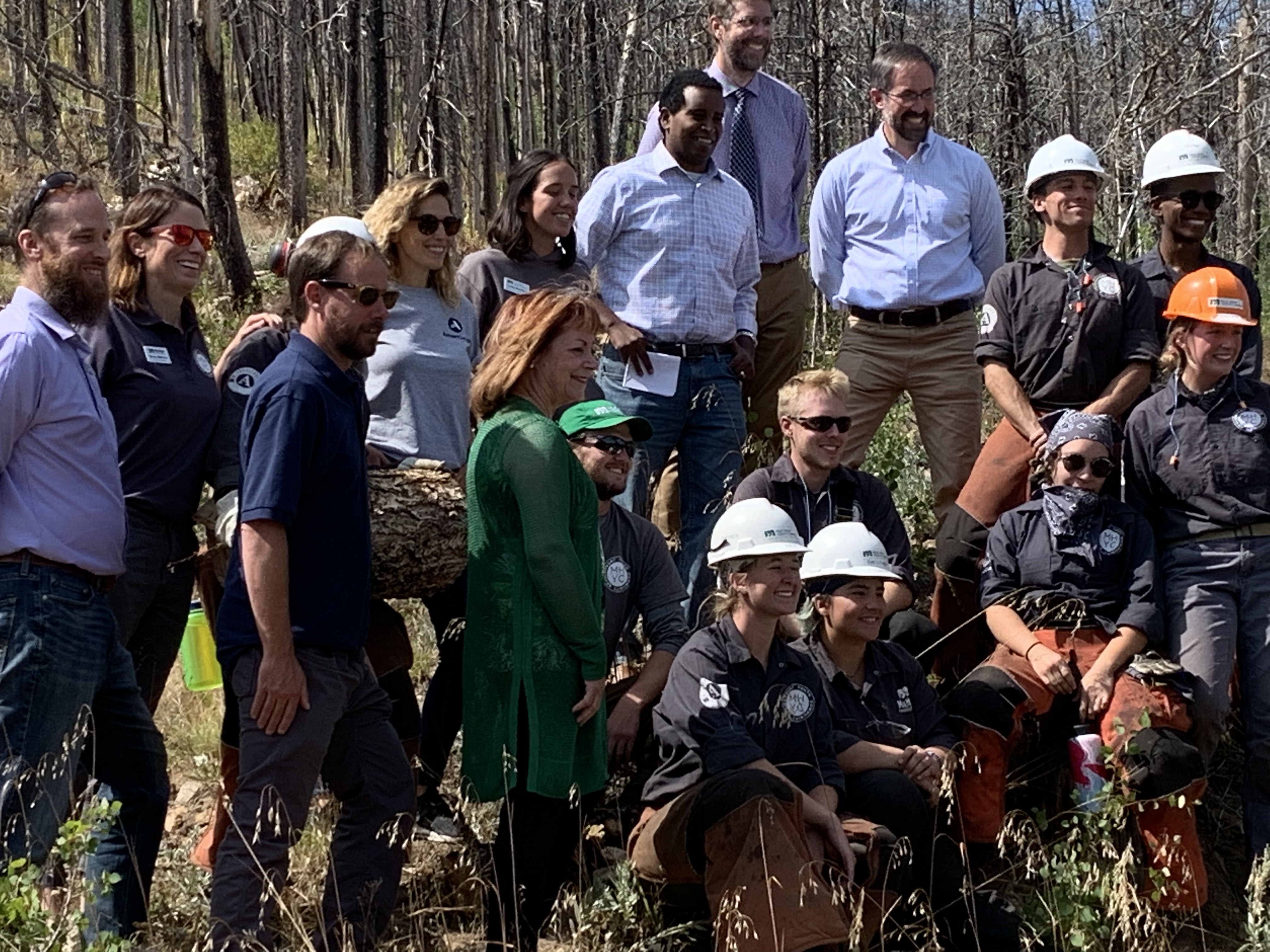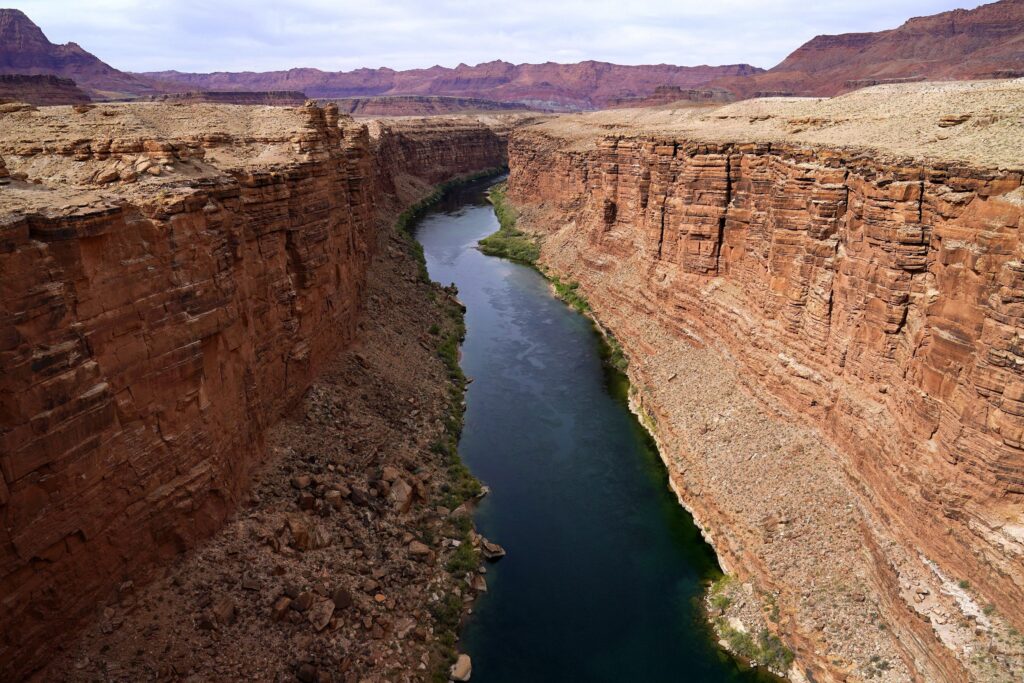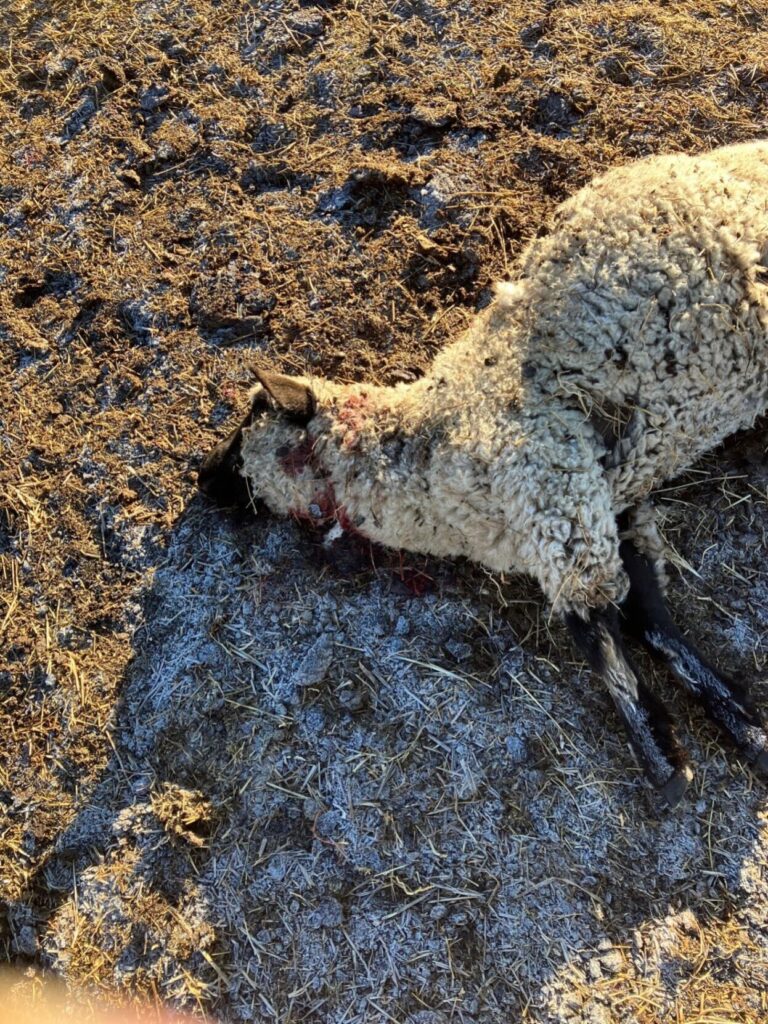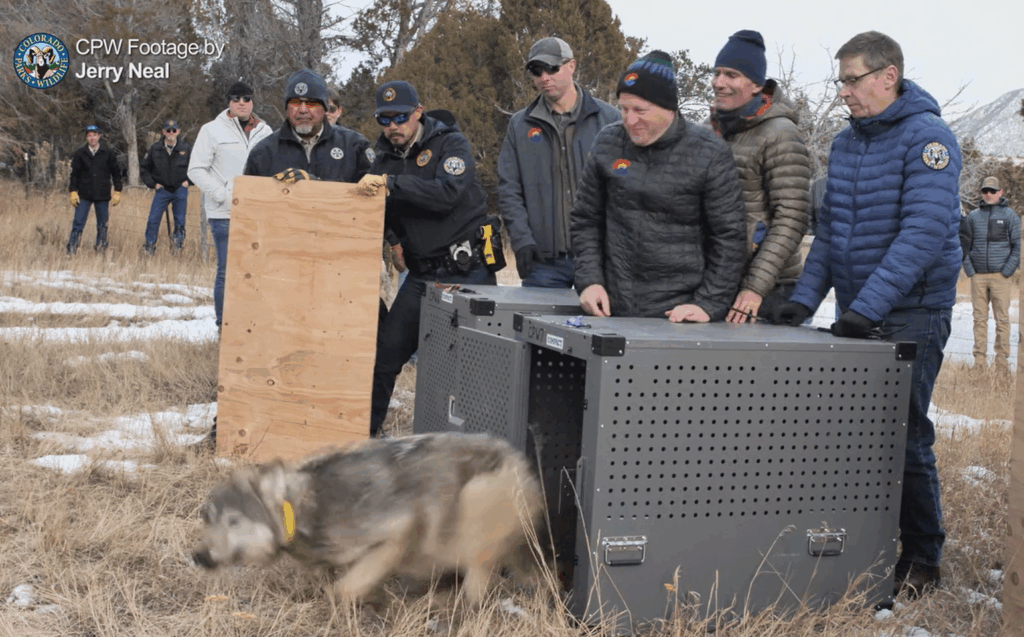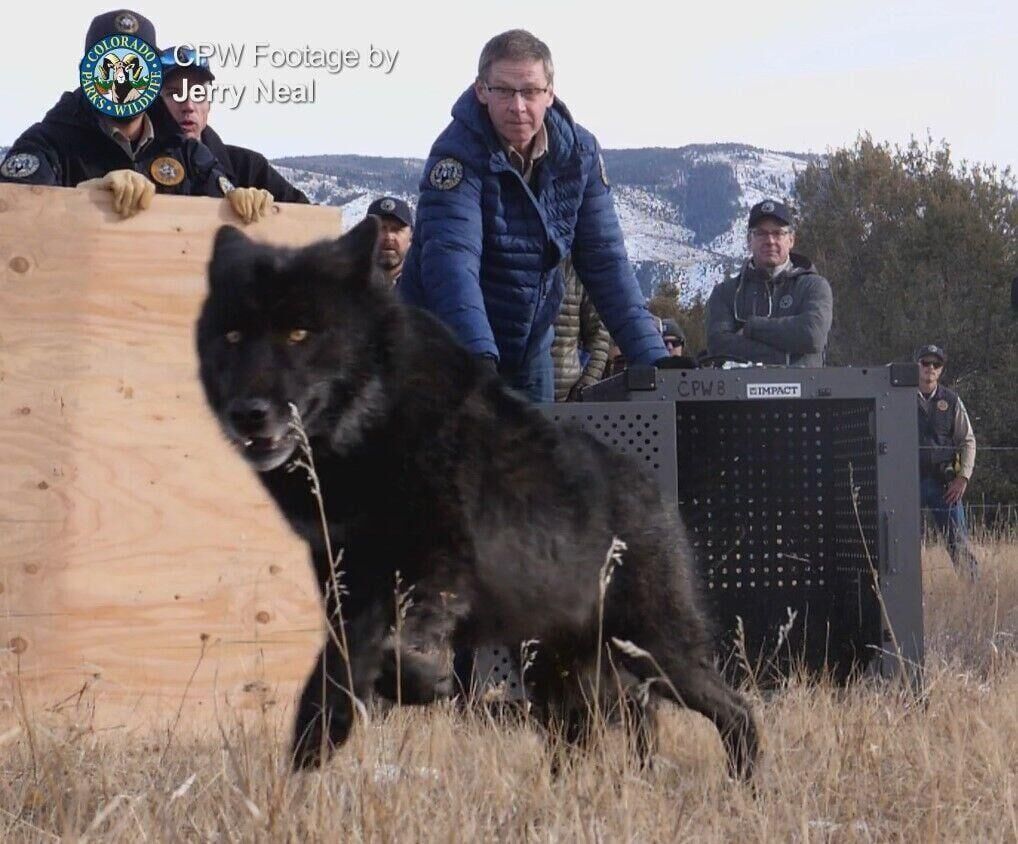Colorado announces Climate Corps

With the backdrop of hundreds of acres burned in the 2016 Cold Springs fire near Nederland, Lt. Gov. Dianne Primavera and U.S. Rep. Joe Neguse, D-Lafayette, on Friday announced the creation of the Colorado Climate Corps, young people who will help with one of the most troublesome aspects of wildfires: mitigation on both public and private lands.
The announcement came during the first week that the corps, attached to the Mile Hi Youth Corps, is working on a 28-acre property near Nederland, owned since 2017 by Karina and Marcus Luscher. The house is surrounded by aspen trees, and aspens dominate the property’s center. That’s by design: Aspens can be planted as a way to provide defensible space around homes, replacing lodgepole and other conifers that burned during Cold Springs and other wildfires in the past several years.
Jim Webster of the Boulder County Wildfire Partners explained that aspens are good for defensible spaces because they hold a lot of water and burn less easily, and they also spread out roots, reclaiming the land much quicker than other tree species. Eventually, the aspens allow the other species to return to the site.
The Cold Springs fire burned up much of the lodgepoles on land now owned by the Luschers. The mitigation work was started by the previous owner, Robert Lanham, who joined Wildfire Partners in 2014 to identify vulnerable spaces, and by 2015 had treated about 10 acres of the property. During the 2016 fire, along with the trees, only one outbuilding and a part of a fence on the property burned.
The damage from Cold Springs is immediately evident, and this week, the Climate Corps is working to clear and thin more of the damaged forest. What they end up with will be turned into firewood, as the Luscher provide firewood in the area.
The Climate Corps is a partnership of AmeriCorps, Serve Colorado, the Colorado Interagency Climate Team, Great Outdoors Colorado and the Colorado Youth Corps Association. AmeriCorps received about $1 billion from the American Rescue Plan. A percentage goes to every state, according to John Kelly of Serve Colorado, and states decided how to leverage those dollars. Colorado is using its $1.7 million for the Climate Corps.
Climate Corps members must be at least 17 1/2, the minimum age for AmeriCorps service. They won’t only work on wildfire mitigation: According to an announcement from the governor’s office, the program will place will place 240 AmeriCorps members in 55 counties across Colorado to help mitigate the threat of future wildfires and floods; improve the health and resiliency of public lands; provide resource and education to marginalized communities experience effects of climate change; and conduct energy and water weatherization and retrofitting to low-income households to conserve resources and lower utility bills.
Corps members earn a living allowance, receive training that can lead to becoming wildland firefighters and other professional development opportunities, and they also benefit from personal development, according to Scott Segerstrom of the Colorado Youth Corps Association. These are new AmeriCorps members being recruited for these programs from colleges and universities and career fairs, he explained, not existing ones.
Among those working at the Luscher project this week, clearing about an acre a day: Katie Meehan of Broomfield and Tanner Wilkins of Des Moines, Iowa, who both have been involved with the Mile Youth Corps prior to the start of the Climate Corps. They’re now leading and mentoring the new members at the site, and are certified in wilderness first aid as well as in using chainsaws. Eventually, some members will go on for further training and can even be tapped to work on wildfire suppression and other efforts.
“Just one person has a huge impact,” Meehan said.
This is an opportunity for people all over the state to get involved in climate change and to be prepared for the next time disaster strikes, Primavera said at the work site. It’s service that can be an antidote to feelings of hopelessness that take place after a wildfire, and she added she hoped it would serve as a call to action for others.
Climate change is exacerbating the conditions that make wildfires all the more pervasive and intense, Neguse, who said he tries to explain the problem to his colleagues in Congress, what it’s like to see the three worst wildfires in state history in a matter of months. “We know, if ultimately we are going to move the needle in the fight against climate change, that we’re going to have to invest hundreds of billions of dollars in mitigation, resiliency, reforestation and prevention.”
To the Corps members working on the Luscher project this week, Neguse said, “You are undoubtedly saving countless properties, countless lives, countless communities, and I also think you are inspiring the country” by reminding people what service is all about.
According to Segerstrom, 1,600 Corps members will be deployed in Colorado to work on the projects. These types of partnerships “represent the best of government,” will help address the climate crisis and provide meaningful opportunities to hundreds of youth, adults and veterans, he said.
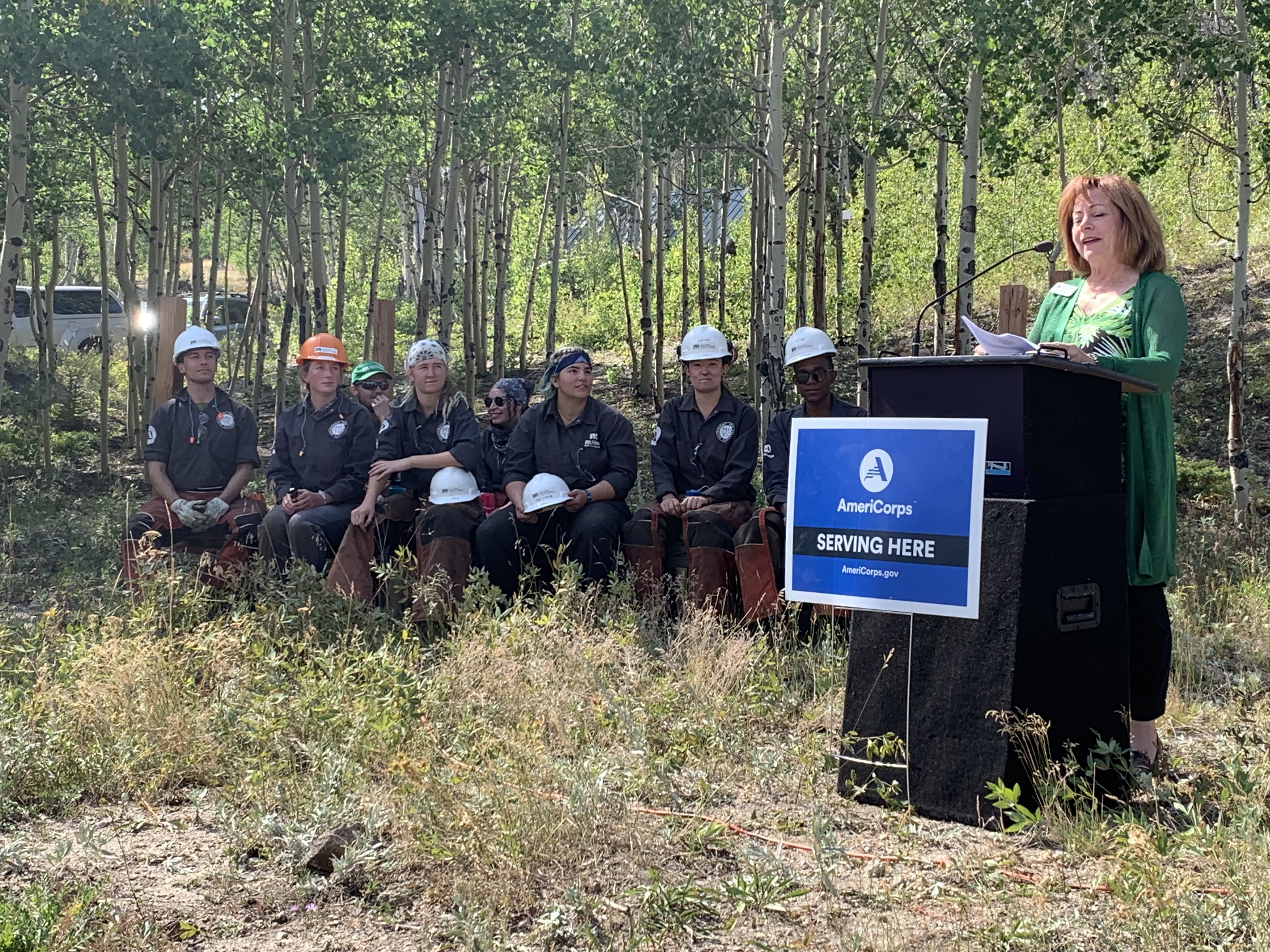
marianne.goodland@coloradopolitics.com
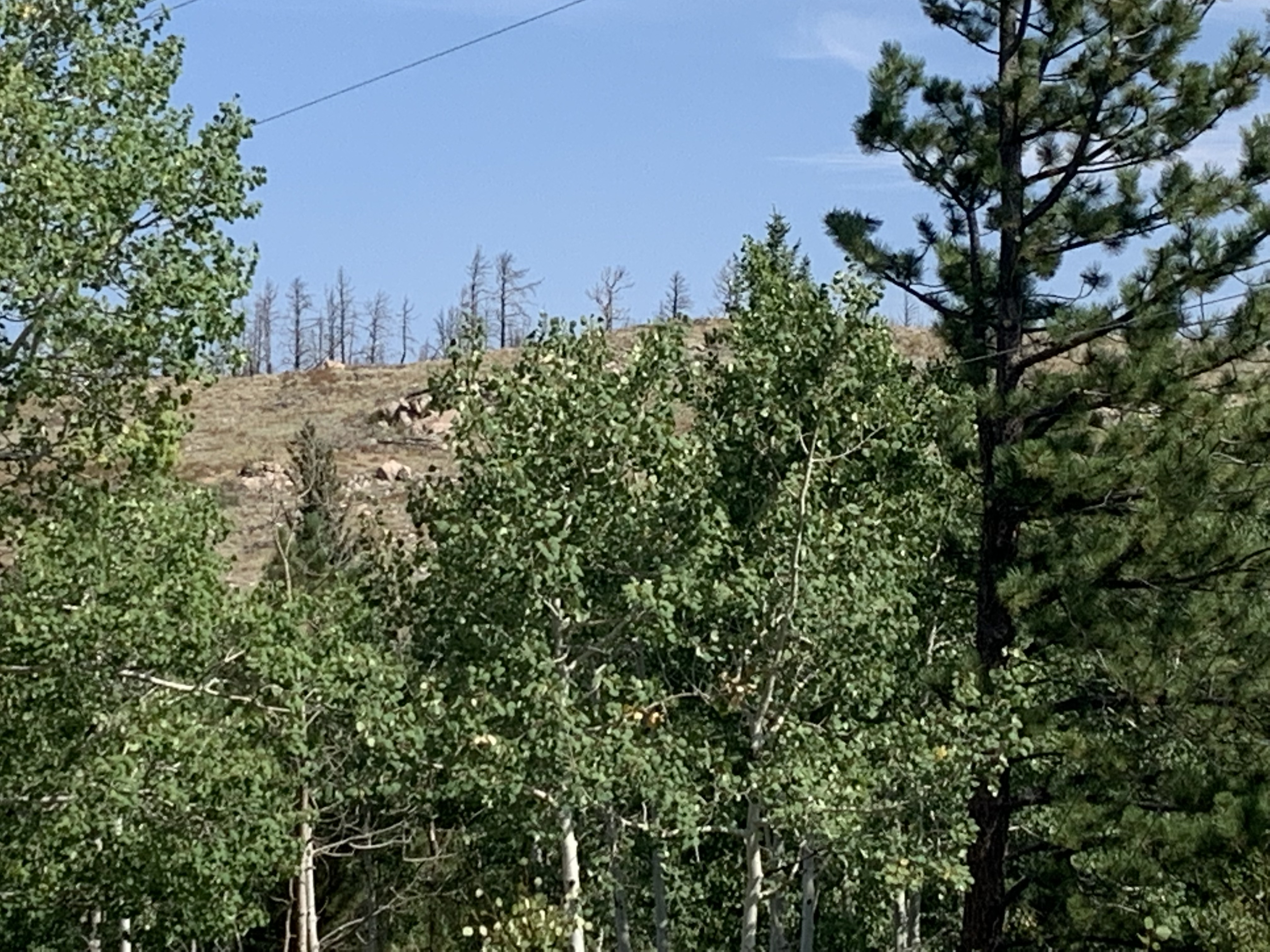
marianne.goodland@coloradopolitics.com

marianne.goodland@coloradopolitics.com
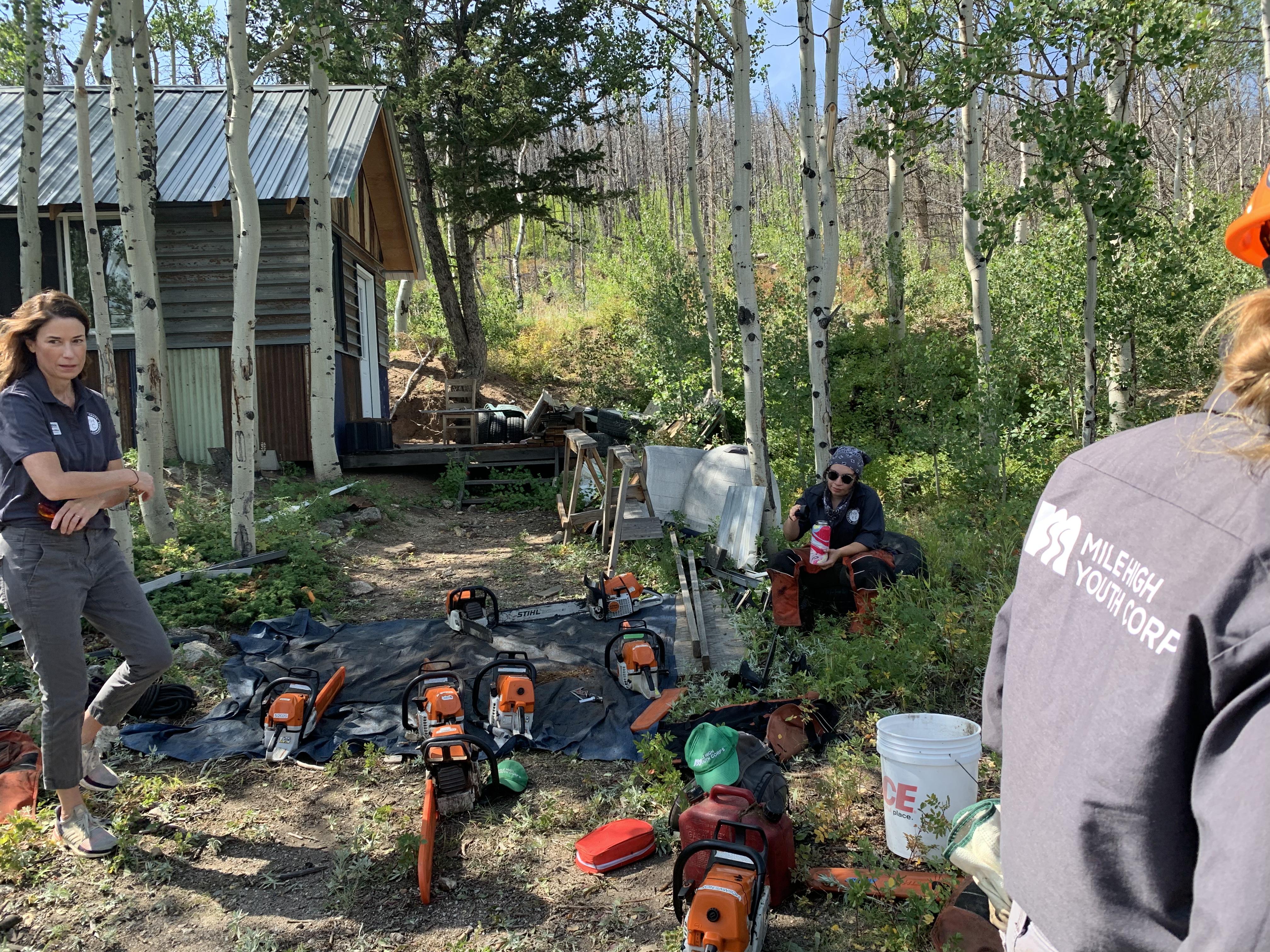
marianne.goodland@coloradopolitics.com

marianne.goodland@coloradopolitics.com
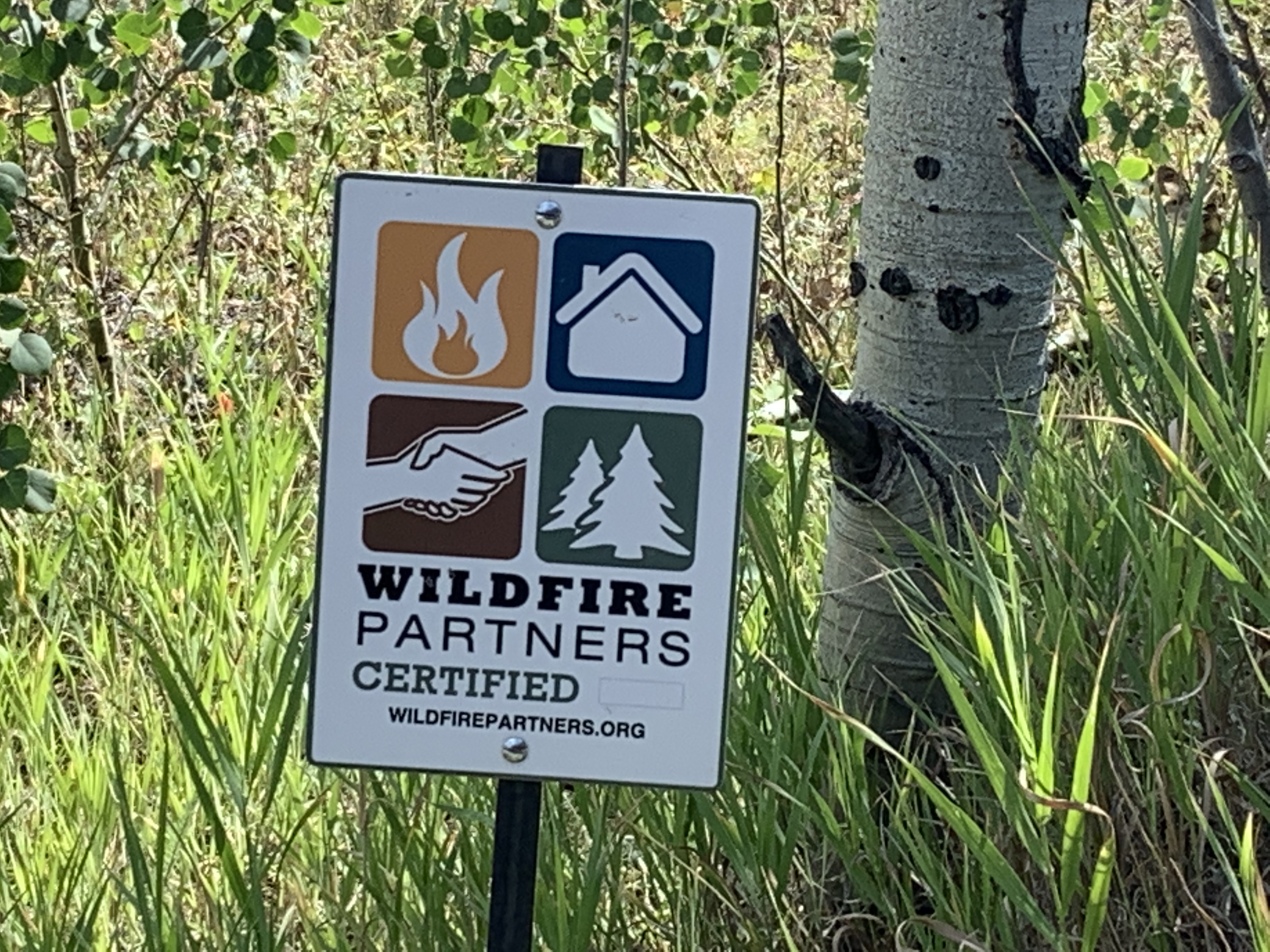
marianne.goodland@coloradopolitics.com
